Not everyone is interested in making endless finance payments on a new car they will never actually own. So we introduced the Retro Road Test – covering everything from classic cars to less exalted older vehicles you might consider buying.
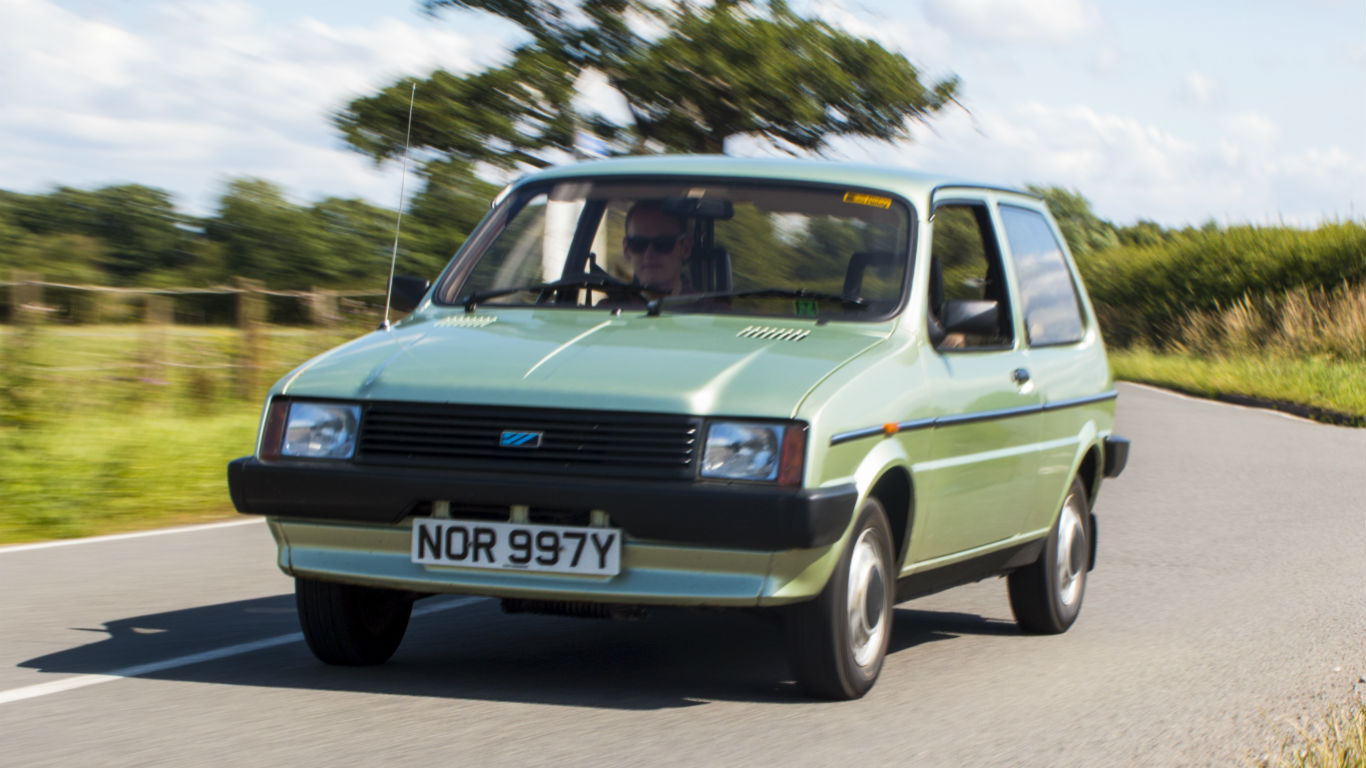
The first car to get the Retro Road Test treatment was a very popular model in its time, but it has almost vanished from the roads today. Some may even dispute its classic status – but it was a turning-point when launched in 1980. Yes, it’s the Austin Metro.
Austin Metro: what are its rivals?
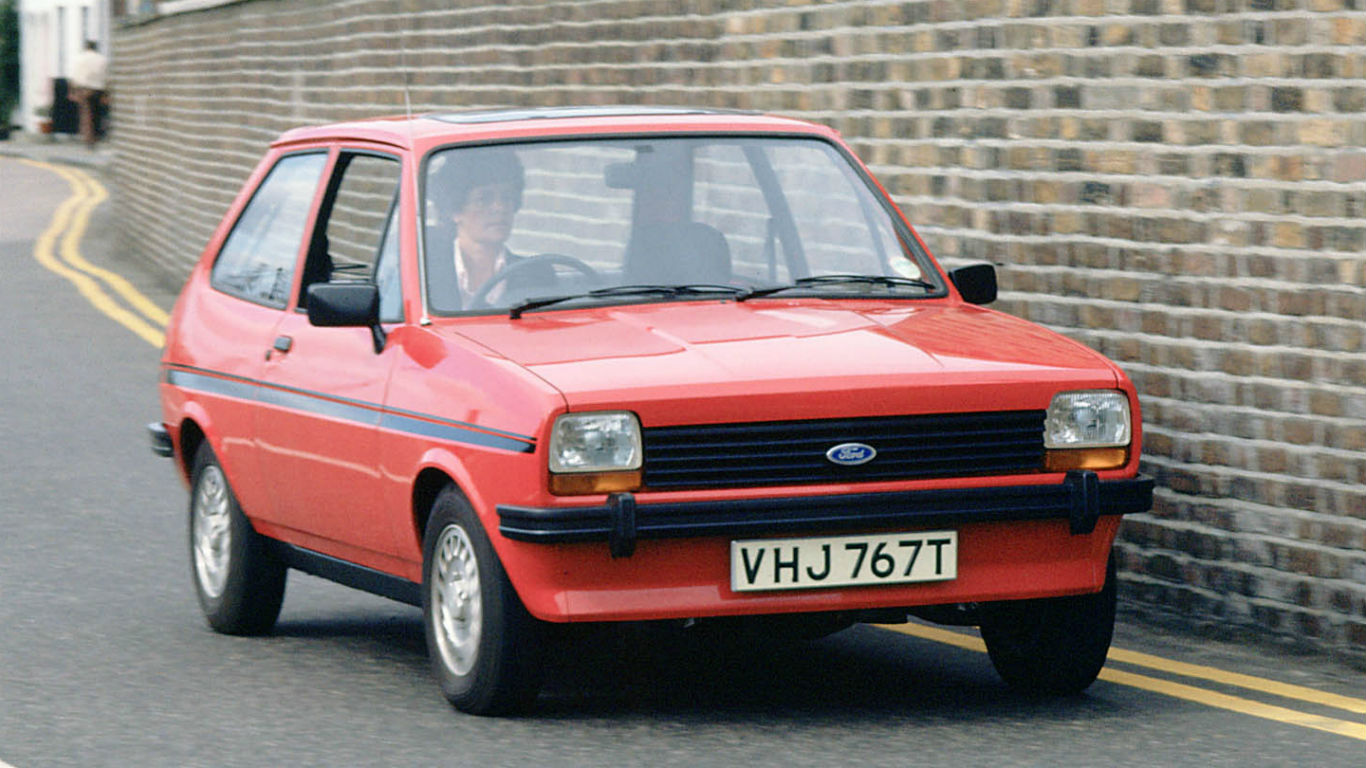
The Austin Metro was initially intended as a successor to the Mini. But British Leyland (BL) panicked at the last minute. The Mini was an icon, and early feedback on the Metro’s design sketches wasn’t positive enough to risk giving it the ‘Mini’ name.
There was a solution, however. Manufacturers were creating a new segment: the supermini, led by the likes of the new Ford Fiesta. Customers loved them – they were economical and great around town, yet they could also cope on the expanding motorway network. So all BL had to do was to make the Mini Metro slightly bigger than planned, and slot it above the Mini and below the Allegro in its line-up.
Austin Metro: which engines does it use?
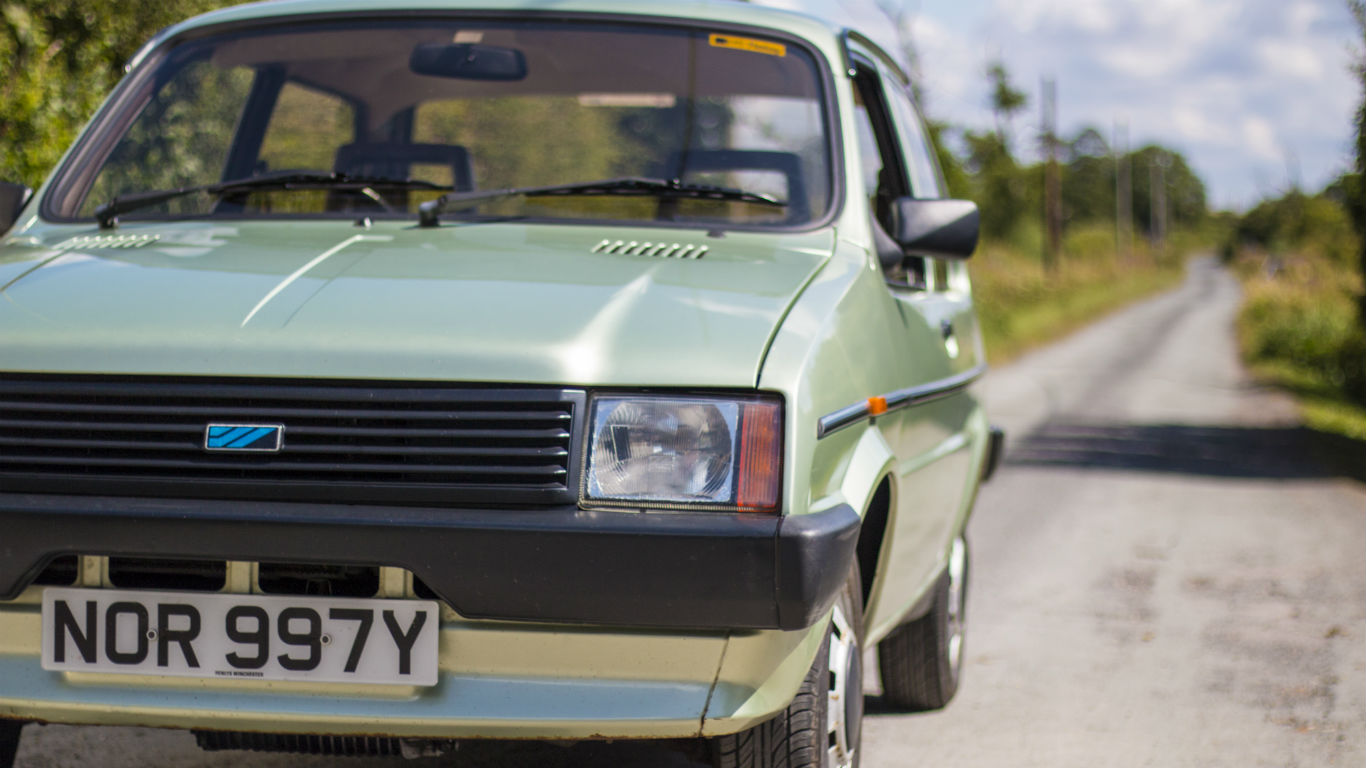
The Metro we’re testing here is fitted with the more powerful 1,275cc A-plus engine (a smaller 1.0-litre powertrain was also available). It’s a reliable unit that likes to be worked hard. Do so and it will comfortably keep up with modern traffic.
On motorways, it can be pushed beyond 70mph, but sticking closer to 60mph makes for a more relaxing journey.
Austin Metro: what’s it like to drive?

The handling is fun – the Metro likes to go around corners, but it does feel less planted than a Mini. It rolls in a way that modern cars simply don’t, but its tiny 12-inch tyres offer a decent amount of grip.
The steering position feels awkward at first. The wheel seems almost horizontal: more akin to a bus than a small car. But the seats are comfortable and the feeling of space inside the cabin is remarkable – helped by the large windows and thin roof pillars.
Austin Metro: reliability and running costs
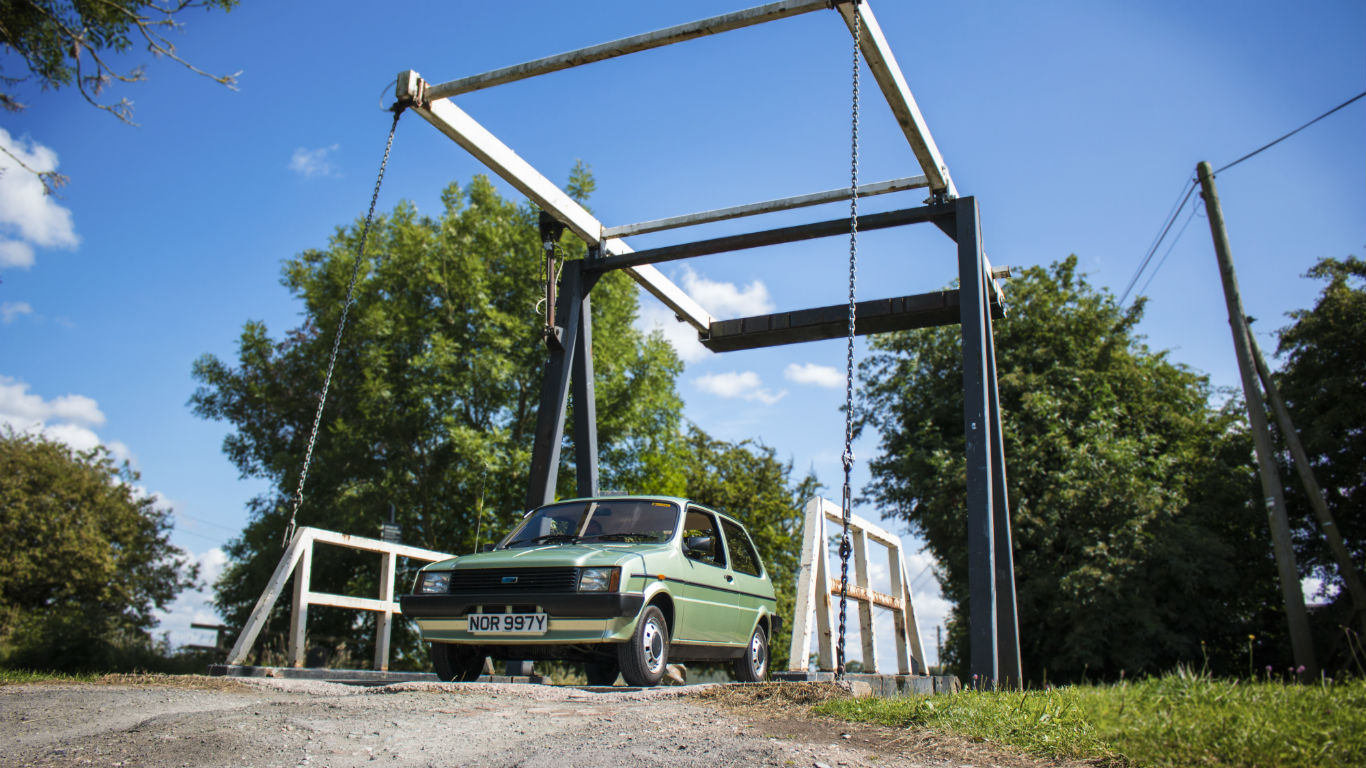
The example we’re testing is a Metro HLE from 1983. The HLE was launched in response to rising fuel prices – it was the eco model of its day, arguably ahead of its time. It featured a longer fourth gear than the standard car, helping it return better fuel economy at high speeds. The fourth ratio was renamed the ‘E’ gear.
Combined with the 1.3-litre engine, Austin Rover made bold claims about the HLE’s fuel consumption. It returned an impressive (even by today’s standards) 57.8mpg at a steady 56mph. In reality, it’ll comfortably return mid-40s miles per gallon today, while other running costs should be very low.
Classic insurance companies will cover the Metro very cheaply, while parts are often shared with other BL products and are easy to track down.
Austin Metro: could I drive it every day?
Considering how much smaller the Austin Metro is than modern superminis, it’s amazingly practical. The rear seats fold down – unusual for its time – and four adults can fit in the Metro comfortably (OK, we might expect a few complaints on a longer journey).
However, with numbers declining so rapidly, it would be a shame to use a Metro every day. It’d cope with it – but the whine of the gearbox in lower gears would soon lose its charm, and you’d probably get bored of being intimidated by giant Vauxhall Astras on your daily commute. And then there’s the rust – winter wouldn’t be kind to a Metro.
Austin Metro: how much should I pay?
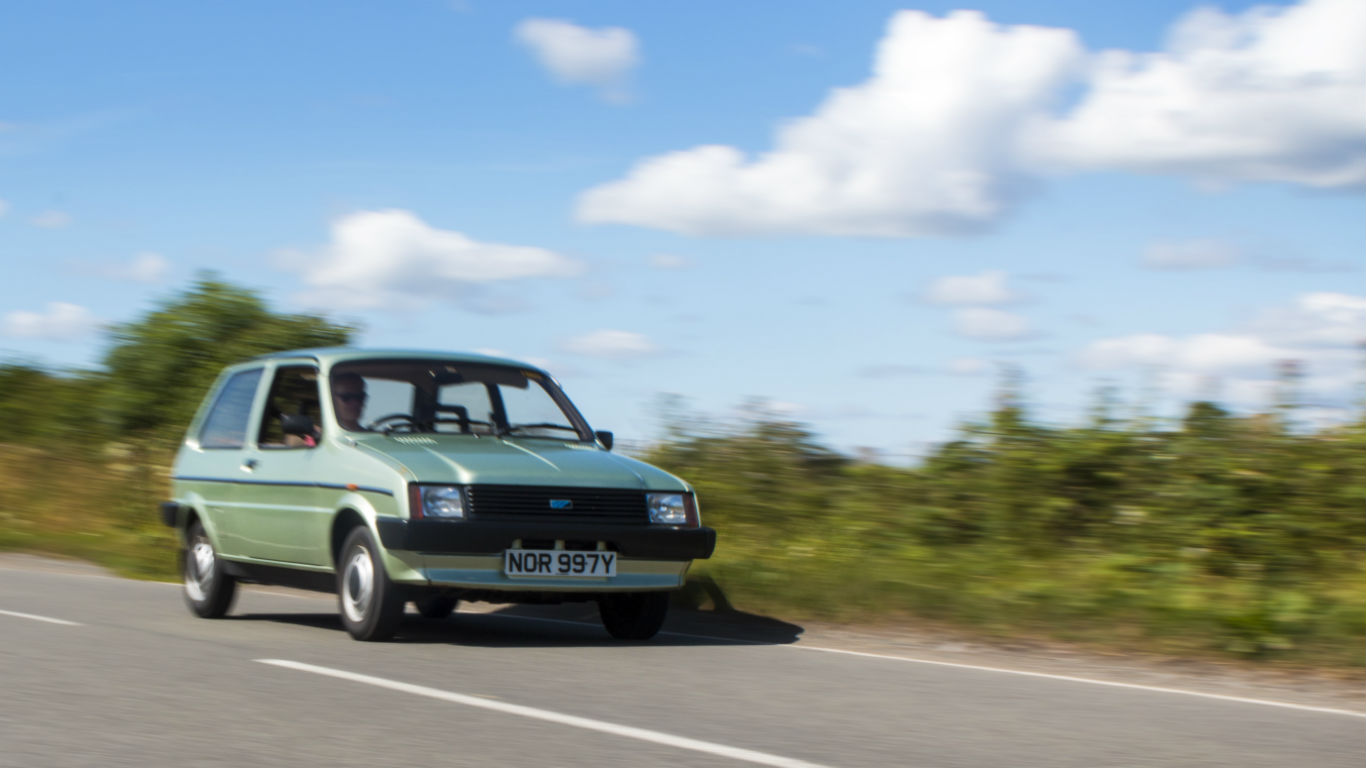
Metros are cheap – especially when you consider how much a Mini of the same era would cost. Slightly ropey examples can be picked up from as little as £1,000, while twice that should get you a usable project.
You’re looking at £5,000 for a minter, while a rare MG Metro Turbo might cost up to £10,000.
Austin Metro: what should I look out for?
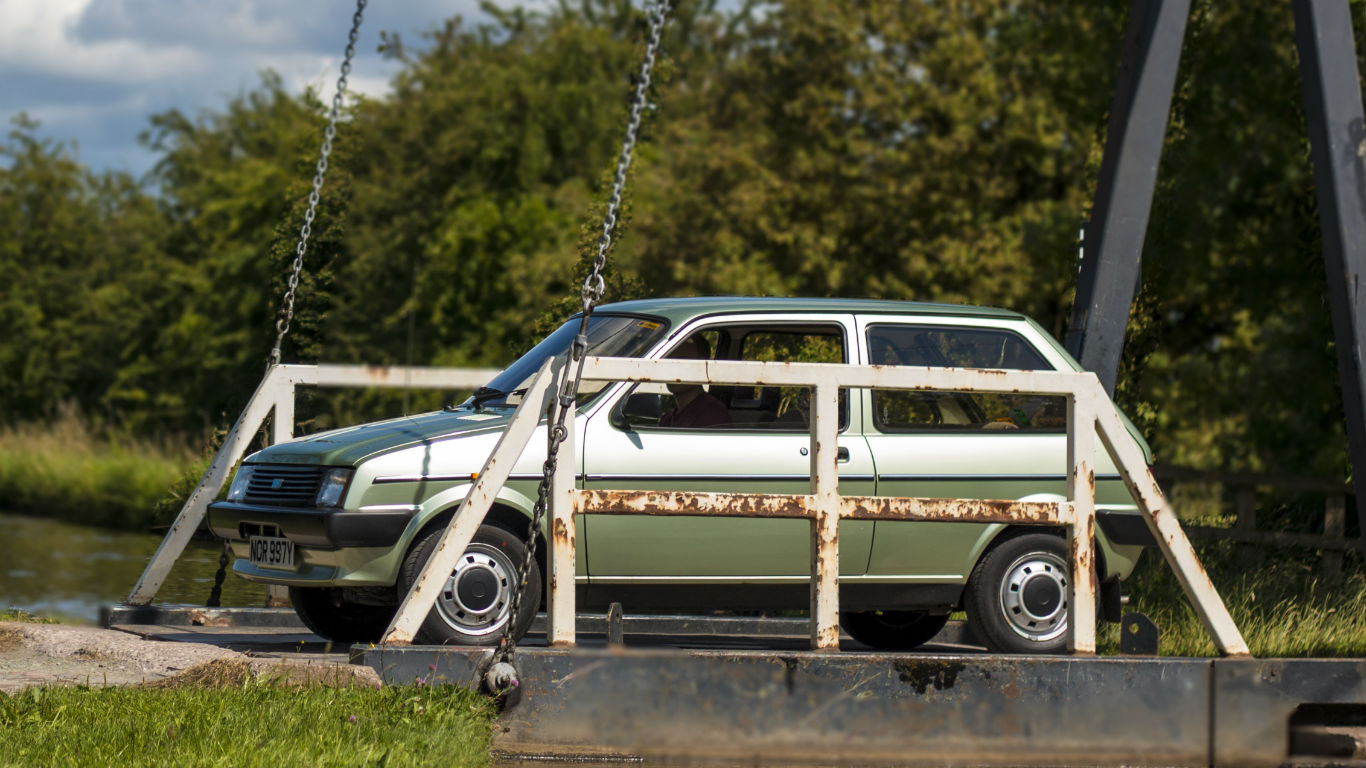
Don’t worry too much about the mechanicals – the A-plus engine is fairly bulletproof, although a good service history is always nice for peace of mind. Watch out for sagging suspension, although this can be sorted fairly cheaply.
The Metro’s biggest issue is rust. Check the floor pans and sills carefully, as well as around the front wings and front valance.
Austin Metro: should I buy one?
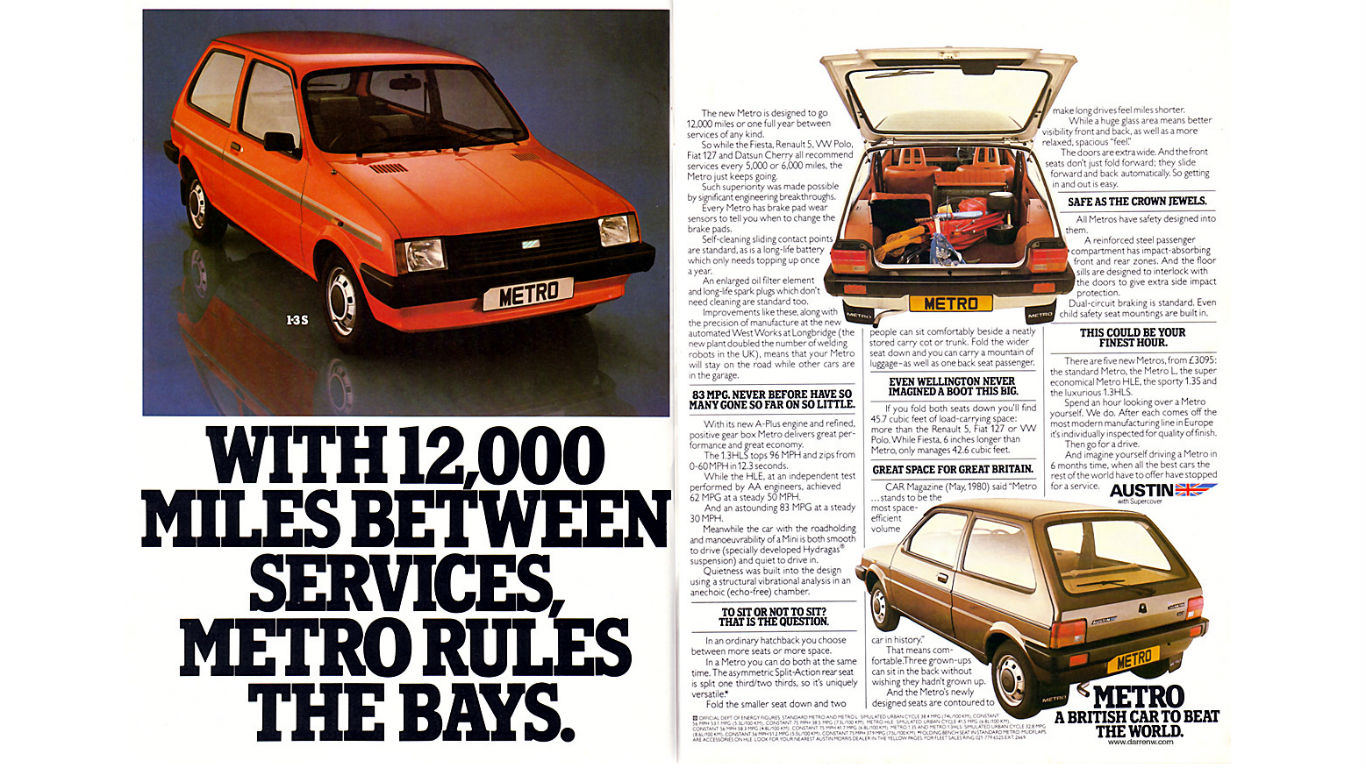
If you’re after an entry-level classic car that will turn heads and encourage people to reminisce, a Metro is definitely worthy of consideration. It wasn’t class-leading in its day, and some people simply won’t get why you’d want a Metro now. But can you think of a more significant classic you can pick up so cheaply?
More than two million Metros were sold between 1980 and 1997 (including the rebadged Rover 100 models) – but only around 300 Austin versions are still taxed on UK roads. If you want to save a rare but significant British car, this is your chance.
Austin Metro: pub fact

The four-wheel-drive MG Metro 6R4 rally car shares little with the road car apart from its name. Created for the wild (and subsequently banned) Group B category, the 6R4 was powered by the same 3.0-litre V6 engine that later appeared in the Jaguar XJ220.
It produced 416hp – and customers could buy homologated versions from around £40,000.
ALSO READ:
1980 Renault 4 GTL review: Retro Road Test


